Along with Dalmatia, Istria, and Inland Croatia, Slavonia is a region in Croatia. Situated in the far northeast of the country, this is Croatia’s least-visited area – and this needs to change.
While Dalmatia and Istria get flooded with (summer) tourists, Slavonia remains virtually untouched by mass tourism. Yet, Slavonia is undoubtedly a region that’s very much worth visiting, especially if you like off-the-beaten-path destinations.
I was in Slavonia for a 5-day tour as a part of a group with the Croatian National Tourist Board a few weeks ago. The area has so inspired me that I have already written about the only GeoPark in Croatia – Papuk Nature Park, one of my favorite topics – local Croatian food – and I have a few more on the way!
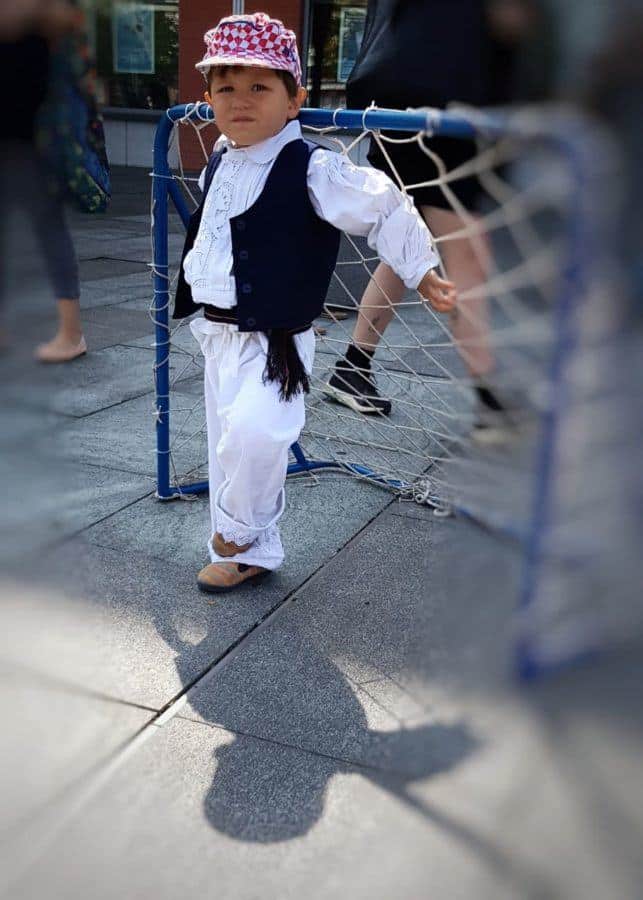
The Slavonia region borders Bosnia-Herzegovina to the south, Serbia to the east, and Hungary to the north. Its borders are roughly formed by three rivers—the Danube, Sava, and Drava Rivers. In addition to the valley landscapes along those major rivers, the region is also characterized by some small hills and expansive, fertile plains.
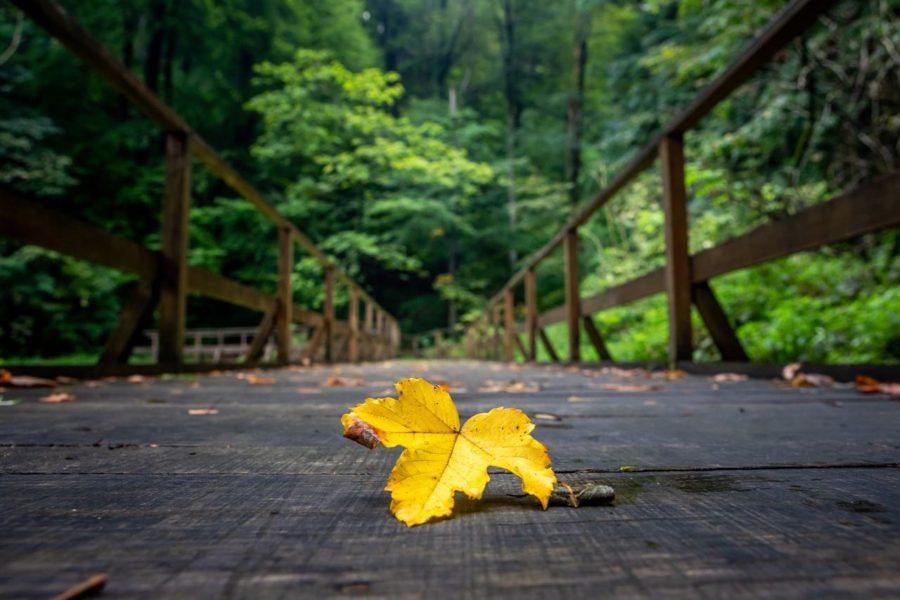
Contrary to the mountain-dominated Croatian coast, most of the landscape of Slavonia is pancake-flat. Locals joke that the highest mountain in the region is a cabbage.
It’s the plains, home to fields and farms, which give the Slavonian region its nickname, the “breadbasket of Croatia.” No less than 45% of agricultural lands in Croatia lie in Slavonia, producing everything from corn, wheat, sugar beets, sunflowers, and clover to natural gas and oil. This is a rural area dotted with authentic towns and villages and a few larger historical cities.
Not surprisingly, Slavonia highlights include lots of agricultural-related things, from horses to vineyards and traditional food. Additionally, there are architectural landmarks, fortified towns, and cultural heritage as well.
Skip Ahead To My Advice Here!
History of Slavonia
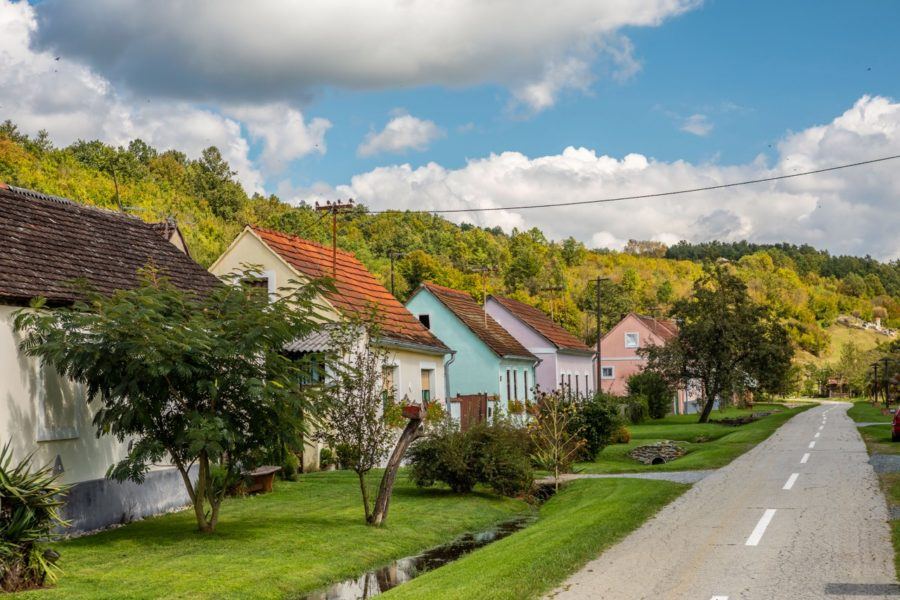
Slavonia has been part of many different foreign empires. From the Romans to the Ottomans to Austria-Hungary and part of Yugoslavia, it has known various cultural influences. This is precisely why this region is so culturally and architecturally diverse, why there are so many UNESCO World Heritage Sites in Croatia and the Balkans.
Slavonia, too, has many interesting historic features.
Culture in Slavonia
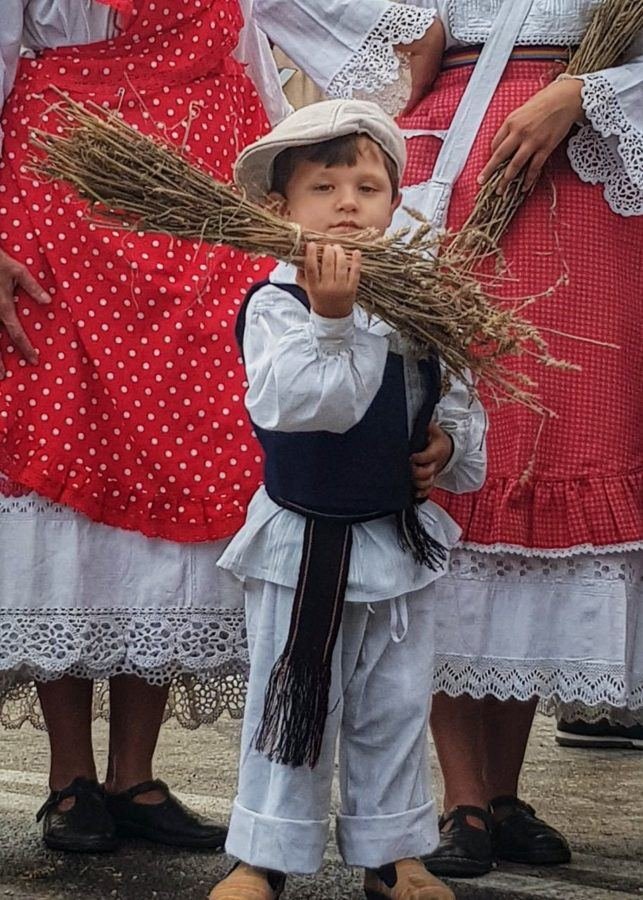
The current Slavonian culture is a mix of the different cultural and social influences it has experienced throughout the centuries — particularly the Austro-Hungarian rule of Slavonia, which started in the late-17th century after the Ottomans were defeated.
The most notable cultural feature in the region is the distinct Baroque art and architecture that began dominating Slavonian cities in the 1700s. Many nobles and aristocrats were given estates in the area as a reward for their service during the Great Turkish War. Several of these mansions and manors are still there today, a quintessential feature of Slavonia.
Several Slavonians have contributed to Croatia’s culture as a whole, including several of the 2018 World Cup football team, writers and poets, scientists, musicians, and artists.
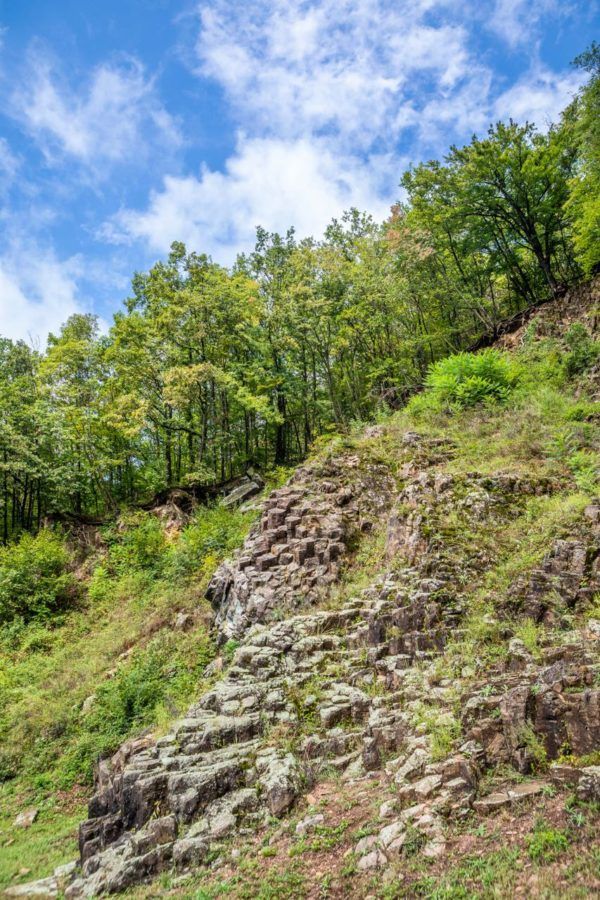
Music is a significant aspect of the Slavonian culture. Annual folklore festivals, such as the Vinkovačke jeseni in Vinkovci, aim to preserve the local culture and its traditional music. Originating in the region, the distinct musical form known as bećarac is designated Intangible Cultural Heritage by UNESCO.
Regarding cuisine, Slavonia offers a blend of culinary influences—Hungarian, Viennese, Turkish, and even Arabian. Especially the Hungarian influence is strong. Slavonian cuisine is characterized by the use of smoked meats, pickled vegetables, and stews. Additionally, this is one of Croatia’s major wine-making regions.
Best Things To See And Do In Slavonia

As I mentioned, I was in the region for just five days, and that is by no means enough to see all that this area has to offer. That said, here are the greatest Slavonia highlights I am sure you, too, will love.
Note: I’ll be sure to add more to this list after my next trip to this magnificent area.
When you visit the region of Slavonia, you’ll notice immediately how very much alive the local culture still is. Let’s take a look at a bunch of main attractions in Slavonia:
Town Of Đakovo
The town of Đakovo (or you may see it spelled Djakovo) is known as a “Bishop’s Town’. It has been a center for bishops since 1239.
The town is home to many things (that I need to go back and explore in much greater detail), but I did manage to see a few sites. There is one thing you can’t miss if you are in the area. Both from its sheer size and position on the landscape, and also for how magnificent it is – The Đakovo Cathedral.
Đakovo Cathedral – Cathedral Basilica of St. Peter

The imposing Đakovo Cathedral’s full name is the Cathedral Basilica of St. Peter and is one of the most important religious landmarks in Slavonia.
Constructed from the mid-to the late-19th century under the watch of Slavonian-born bishop and politician Josip Juraj Strossmayer, the cathedral’s interior boasts several beautiful fresco paintings of the New and Old Testaments. The cathedral took over four years to build and further 12 years to decorate and, in the process, used seven million bricks.
Interestingly the 15 steps leading to the church are not a random number. The first three are dedicated to the Father, Son & Holy Spirit, while the remaining 12 are anointed to the apostles.
Pope John XXIII described it as the ‘most beautiful cathedral between Venice and Istanbul.’ The Cathedral is enormous, and I would suggest that you allow at least an hour here to see just what the Pope meant if you love architecture. The Cathedral is not the kind of place you just open the door, peek in, and walk away.
I would strongly recommend you get a local guide when you visit the Cathedral – each section has an engaging story – and a knowledgeable guide can help you navigate the nuances of the intricate and detailed paintings that adorn the walls and ceilings.

A guide will tell you the story of Strossmayer, who was an all-around do-gooder. He helped to establish numerous public institutions across Croatia, supporting poor regions and advocating both religious and political unification. He was a strong proponent of introducing the Croatian language into schools and public affairs during his political career.
If you do not get a guide, be sure to sit in the back row of this three-nave cathedral. The distance between you and the alter will be 74 meters, and from here, you can appreciate the beauty from all angles.
Opening Hours: 6:30 to 12:00 and 15:00 to 19:30 Here at the cellar (which you can visit by appointment), I had a Misno Vino wine tasting. The winery dates back to 1716 and is the same wine used during mass services. You can try (and buy) several wines here, such as the favorite local Graševina, sweet Traminac, and Chardonnay. Address: Strossmayerov Square, Đakovo (next to the Cathedral) Contact: http://www.misna-vina.com/kontakt.php While you’re in Đakovo, you’re also encouraged to visit one of the world’s most beautiful and famous horse breeds – the Lipizzaner. The origins of Lipizzaner horses date back to 16th-century Vienna, when and where they were first bred for Habsburg nobility. Named after the Slovenian village of Lipica (Lipizza in Italian), they are quite the flagship horse breed of Southeastern Europe. In Slavonia, there has been a long history of breeding these horses, over 500 years. The best example of this centuries-old tradition is the Stud Farm in Đakovo. Established in 1506, the State Stud Farm in Đakovo is one of Europe’s oldest still operating stud farms – and the family who runs the property are so welcoming and warm. Nowhere else in Slavonia is the link to the Lipizzaner horses’ long history so strong as it is at the State Stud Farm. This is the place in Slavonia that started breeding them in the early-1800s. Known nowadays as the State Stud Farm Đakovo, it consists of two locations, Stallion Station and Ivandvor, respectively, for horse breeding and horse selection. One of the farm’s primary purposes is protecting the Lipizzaner horses’ gene pool, but it’s also one of the best things to do in Slavonia with kids. Tourists can visit the facilities, see trainers at work, watch the horses galloping across their meadows, learn about the farm’s history, visit exhibits, and learn cool fun facts. Interesting facts like that all of the horses are born dark and become lighter each year as the graying process occurs, with the process being completed after seven or so years. The other fun fact was that black Lipizzaner horses are scarce (just 20 in 1000). There is also an annual Christmas festival at the Stud Farm; the “Lipizzaner’S Christmas Ball” is held each December. There are theatrical performances with horses and their riders. Reservations For Christmas festival: bozicnibal2018@gmail.com or by phone +385 992152378 Address: Ulica Augusta Šenoe, 45 Phone: +385 31 813 286 Each year in July, the Đakovo Cathedral surroundings are the setting of the Đakovo Embroidery, a fascinating folkloric event. The celebration features traditional Slavonian folk clothing, singing bands, and folklore dancing. You can see choirs, art exhibits, and opera singers in the cathedral, while an outdoor horse and wedding wagon show is a major highlight of the event. Additionally, you can also see pure-bred Lipizzaner horses from the Stud Farm. Location: Kralja Tomislava 3, Đakovo One of the highlights of Slavonia is visiting a winery. The region’s plains and sloping hills are ideal for growing a wide variety of wines, making this one of Croatia’s premier wine counties. In fact, this is where some of Croatia’s greatest wine-makers and largest wine exporters are based. Situated in the so-called “golden valley” of Požega on the slopes near Papuk Nature Park, the Kutjevo wine cellar is among the country’s most renowned cellars. It holds several archival wines, such as Pinot Gris, Riesling, Traminer, and the famous Kutjevo Graševina. The extensive collection of wines is valued at over 2 million euro! Previously connected to the winery via an underground walkway, beautiful Kutjevo Castle (which is now privately owned and closed for visitors – though the locals are pressuring the owners to open the B&B for guests once again) lies adjacent to the winery. As a part of my visit to the Kutjevo, I was graced with a wine tasting from in the cellar. As I stood there, I thought about the centuries of wine-making that has been taking place there. The basement was built by Cistercians (a Roman Catholic religious order) who founded an abbey there in 1232, which in turn bestows the honor to the Kutjevo winery of having the oldest wine cellar in Croatia. The main (and best selling) wine you need to try here is Graševina – it is the most common white grape variety in the Slavonia region and 22% of vines in Croatia. I myself am not a fan – but many are, so please do report back with your thoughts. Yay or nay? Fun Fact: According to folklore, Empress Maria Theresa and Baron Franz Trenck enjoyed wines here and locked themselves in the cellar for seven nights, leaving behind 70 marks on the cellar wall and a hole in a stone table. Of course, nobody knows how the hole got there, but one hilarious story our sommelier told us that many locals believe is that Empress Teresa’s butt was so hot while making love that it burned a hole in the table. Hmmm, what do you think? Fact or fiction? One of the main perks of visiting the Kutjevo wine area is that you can stay at a winery. Does it get any better than that? We didn’t think so either! The Akademija Graševine, for example, is an astonishing winery that also offers accommodation. Surrounded by vineyards, this beautiful building features a restaurant serving homemade food. The ten beautifully decorated rooms are named after a type of wine. Another suggested place to stay in Kutjevo is the popular and well-rated B&B Winery Sontacchi. As its name suggests, this is essentially a modern winery where you can spend the night. There are five double rooms and a restaurant, the absolute perfect base to explore the rest of the Kutjevo area (and perhaps find out more about the tales of the Empress and Baron!). A major cultural event in the town is Kutjevačko Vincelovo, a popular wine festival announcing the start of the grape harvest. On the central square, you can sample authentic Slavonian Kulen and locally made wines, all while listening to traditional bands performing on the stage. When: Held each January on Graševina Square, in Kutjevo The Požega Valley, which the Romans called Vallis Aurea—Golden Valley, is where you’ll find the town of Požega. First mentioned in war documents in the late-12th century, the town used to be home to a mighty fortress. For a while, the Croatian-Hungarian queen even lived there. Though now, the fortress is long gone. After many centuries of conquests and economic booms and declines, Požega is a quiet town set amid an area characterized by farming, viticulture, and local crafts. Its most notable historical feat is that it was the first town in Croatia that used the Croatian language for official business and documents. Thanks to some achievements by locals, it even got the nickname of “Slavonian Athens.” Emperor Maria Theresa (remember the same one from Kutjevo) requested the construction of a church dedicated to Saint Teresa of Avila, now classified as a cathedral is a definite must-see. When I toured the cathedral and the church’s newly founded museum, it was a whirlwind, though I was fortunate enough to be guided by the local priest and a translator. I may have been overly enthusiastic with my questions and interest while there because as I left, the priest gifted me with a wonderful book on the collections. Which might I add is vast and worth many, many millions of euro. The Cathedral is open to the public, without a fee. As you pass through the bronze doors, take note that each one weighs some 450kg! The cathedral owns and houses 450 pieces, spanning several building levels adjacent to the church in the charming town square. The oldest piece is a crucifix dating back to the 15th-Century. Other highly prized pieces are a series of paintings from Ivo Dulčić; the Catholic community particularly values his paintings. He continued to paint church scenes during the period of communism in the formally known Yugoslavia. Also, be sure to find the works from Zlatko Šulentić and sculptures on the top floor made out of foil – truly interesting. Separate from the main museum, there are many liturgical artifacts of exceptional cultural and historical value in the cathedral, some of which are antiquities. The collection is well preserved, including liturgical vessels and Gothic chalices from the 15th and 16th centuries. Also in the collection is a humeral veil that Empress Maria Theresa donated in 1763. Oh, and some opals from my home country – Australia! If you are in the Požega town square after dark, head to Porin cafe Bar. This bar is directly opposite the cathedral and the perfect place to watch the fountain-light installation. With the cathedral providing a backdrop to the dancing water, it’s an entertaining spot to enjoy Slavonian wine. The historical and cultural heritage of Požega goes back multiple centuries, which is still celebrated in many annual events and festivals. Požega hosts the Croatian Minute Movie Cup and the Kulenijada, a popular event featuring Slavonian Kulen and wine tasting. Additionally, there’s also the cannon and mortar show on St. Gregory Day and the Golden Strings of Slavonia music festival. And, while my visit was fleeting, I can say there is definitely more to go back and discover. If you happen to get back there before I do, please let me know what else to add here. Having mentioned Slavonian Kulen a couple of times before, let’s zoom in on this iconic Slavonian food. Arguably the most precious meat product in all of Slavonia, Kulen is a type of large pork sausage flavored with paprika (which is a favorite ingredient in many Slavonian dishes). Kulen-makers use only the best pork for their products, determined among other things by the age and weight of the pig. After stuffing the sausage mixture into a large pig intestine, it is salted, smoked, and air-dried for at least one month—often several months. Slavonian Kulen is a sausage with a diameter of about ten centimeters, which is cut up into slices. I love a slice (or 5) on a piece of fresh bread and a rakija (Croatian brandy) as a snack or for lunch! This traditional meat product is of such cultural value that the European Union granted its geographical protection status – and it’s one you can’t (and trust me, you won’t) miss while in Slavonia. In Gradište, near the town of Županja, lies one of the most authentic accommodation options and living museum in Slavonia. The Ethno House Snašini Kućari is one of the oldest family houses in the village – said to be 100 years old, and it is run by an elderly lady, who is a total firecracker. Marica Jovanovac greeted us outside her soothing yellow home, and although I was unable to hear what she was saying to our guide – she was undoubtedly letting him know who was in charge! She impressed me with her get-up-and-go from that moment. She proudly showed us the house’s 100 to 150-year-old traditional furniture, embroidery, old photos, and trinkets. Her passion was evident and contagious. She wanted to preserve her family’s history. If you desire to experience how people used to and still live in rural Slavonia, there’s hardly a better place than this than at Snašini Kućari. The Jovanovac family has done a smashing job. Marica can show you how traditional cloth weaving is done, prepare a fantastic homemade Slavonian meal, and guide you around other parts of the house. Accommodation is available in a few smallish yet authentic rooms with a kitchen, terrace, or patio, and shared bathroom starting at 27 euro per night. People often speak about the warmth of Slavonian people, and on my trip, I can confirm this – on more than one occasion – but here, I felt a real warmth. Literally, Ms. Marica Jovanovac asked me about how I understood Croatian, and when I explained to her my story – she bear-hugged me so damn tight. It reminded me of those lovely cuddles from my Grandmother. A culture-infused drive unique in Croatia, the Golden Thread Road links the town of županja with other surrounding villages. It links together numerous traditional farms, museums, accommodations, and other places of interest in Slavonia. Although this is definitely a relatively new tourist route, the road itself has been around for centuries. Known as Cesta Zlatni Niti in Croatian, it takes visitors on a scenic drive through Slavonia’s southeastern corner. This road is all about local cultural heritage. It’s an extraordinary experience filled with traditional music, local handicrafts, visiting rural households, going for horse-drawn carriage rides, and tasting local foods and drinks such as plum brandy, Slavonian Kulen, and fish stew. On my trip,p I visited a few places along the Golden Thread Road route and can totally recommend: You can find more info, like addresses and contact numbers on these places and or other stops to make online; the information is more detailed in Croatian (use Google translate) or use the English version here. Located on the Slavonia side of the Sava River, Županja is the main town on the Golden Thread Road. There’s plenty of history and culture to be soaked up in the region, as you could read above, but the town’s greatest claim to fame is sports-related. Its development was boosted by English industrialists in the late-19th century; Županja has the distinction of being the first Croatian town where games of football and tennis were played. At first, they played each other, but soon enough, football teams included staff and workers from the factories, which effectively were local guys. These young local men quickly learned the rules of the game, which made football an extremely popular pastime in the Županja area. If you have an affinity with football, head to the main square where the town pays homage to the game in the form of a football statue. This town may be small, but it’s welcoming. When my tour group arrived, they had arranged a showcase – we were greeted with glasses of rakija, a horse and carriage ride, warm poderane gaće, and local children. The children were dressed in folklore outfits or were playing football in the square. I was traveling without my two children, and it brang a tear to my eye when I saw the kids. I got off the bus and immediately gravitated toward little Luka. I befriended him with the promise of money for ice cream (with his mother’s permission) and snapped a few pictures of him. I can’t say he was as happy as I was – but thanks, Županja, you’ll forever be a warm memory. The Spačva Forest in southeastern Slavonia, near Županja, is notable because it’s Croatia’s largest oak forest, with 40,000 hectares of oak trees. If you’d like to add some natural scenery to your Slavonia itinerary, this would be a great place to go to. I can vouch for taking an electric car ride through the forest – ah-may-zing! The team at Kunjevci will take you on a family-friendly drive through a specially marked route, and you may be lucky enough to spot a deer as I did on my tour. Don’t worry, though; there are no bears or wolves. Warning, though – those suckers are fast and startle easy, so keep your eyes peeled. Once inside the forest, you can walk underneath towering oak trees and let your worries subside. You can also enjoy the forest’s rivers and streams or go for a scenic bike ride. This is a gorgeous natural gem hidden in a remote corner of Croatia. Located along the minor Bosut River and in between the larger Danube and Sava Rivers, people have lived in the Vinkovci area for thousands of years. Human history goes back to the Neolithic period, the city now being a hub of culture, archaeology, folklore, and traditions in eastern Slavonia. In the city center, the pre-Romanesque church dates from 1100. Bearing the coat of arms of Ladislas and Koloman, it is one of Croatia’s most significant cultural landmarks. The major attraction in Vinkovci, however, is the annual Vinkovačke jeseni (Vinkovci Autumn Festival). Organized each September for the past 53 years, it is one of the largest folklore festivals in Slavonia. During the event, a folklore show introduces the traditions and customs of Slavonia. Folk music bands play traditional songs, while makers of Kulen and brandy show off their skills in competitions. I was in Vinkoci for the opening day of Vinkovačke jeseni; I stood and watched as the men and women got off the coaches, all dressed in their folklore outfits and or with instruments in hand. Wow, really, what an experience. Besides music and food, there is a reasonably sized fair that sells handmade products and local crafts. I am still kicking myself for not buying a winter coat I saw there. I wanted to go back a the end of the evening, so I did not have to lug it about – but I went back too late – the store was closed. Gah. I guess there is always 2019. The main touristic feature in the town of Slavonski Brod is the monumental Brod Fortress. Built by the Austro-Hungarians as a stronghold to protect the empire against the Ottomans, this is one of Europe’s best-preserved fortresses. It’s also one of the largest fortresses on the military border of the former Austro-Hungarian Empire. A dramatic performance greeted our group. The actors were both hilarious and engaging, and I hear that there are often local characters portraying what life would have been like back in the 18th century when Brod Fortress was constructed. The 18th-century Brod Fortress is one of Croatia’s largest forts and among the biggest along the former Austro-Hungarian Frontier. Because it’s so monumentally large, some people say it’s Slavonia’s version of Diocletian’s Palace in Split. Though, this one needs a little more love and renovations. The Austrians built the fortress in Slavonski Brod on what was then their border with the Ottoman Empire. It was part of the extensive defensive system of fortifications that stretched all across Slavonia, among which also were the several forts in Papuk Nature Park and the fortified baroque town of Osijek. Like many other European forts built on flat terrain, its star shape offers maximum defensive power. It could accommodate no fewer than 4,000 soldiers and had 150 cannons. The Brod Fortress was so damn impressive; it didn’t see any action; maybe that is why it has remained a much-loved historical treasure in Slavonia. In addition to Brod Fortress, Slavonski Brod has another place that will surely be of interest to culture lovers. At the Slavonski Brod Mandolin Museum, also known as the Tamburitza Museum, you can learn about the history of this traditional musical instrument. Dedicated to the Slavonian tamburitza, it houses exhibits of precious tambure and handwritten tamburitza orchestra notes from 1912. Additionally, there are numerous old photos and fascinating workshops showcasing how the instrument is made. Another museum-ish type place that I found good in a creepy kind of way was a series of rooms in the fort that showcase what it would have been like back in the day to be held as a prisoner: cobwebs and all. Head to the towns visitors center to get a map and find all of the cool places to see in and around the fortress, Located close to the Drava River and the border with Hungary, Virovitica is a small town with a long history. Inhabited since prehistoric times, it has been part of the Ottoman Empire and the Kingdom of Croatia-Slavonia. It is during that latter period that it gained its most notable attraction. Virovitica felt so known to me, I have a friend from the area, and she had already told me about all of the cool sights I had to see when I went home with her (gah, there was just never enough time to go!). So as I wandered around the town with the Mayor and tourist board directors, I found myself nodding along like ‘yup, I knew that,’ ‘Oh cool, that’s what it looks like, ‘Oh that’s bigger than I thought. It felt so good to see the place – finally! I am already thinking about returning to the town for Virovitica Castle’s unveiling (due late 2019). The castle was built between 1800 and 1804 during the rule of the Slavonian noble Pejačević family; the Pejačević Castle in Virovitica (also called Virovitica Castle) is one of several castles in the region that belonged to the family. The town purchased the building in 1930 and made some small renovations. Since 1953, it’s been a town museum housing various archaeology, history, culture, and ethnography collections. The new renovations will see the castle coming alive with an art space, restaurant, and museum. Other notable buildings in Virovitica are the Franciscan Monastery and the Church of St. Roko. The day of St. Roko occurs on August 16 – so maybe next year I’ll go back with my son Roko and celebrate. The surrounding area offers everything from fishing on one of the nine Virovitica Ponds to wine tastings on the “Virovitički vidici” wine route and also “Mali Park,” a newly opened area where you can buy honey and crafts. No spam. Unsubscribe at any time. If you want a little rush, head to the hanging bridge at Križnica near Pitomača. It’s a protected landscape and a small peninsula on the river in the Virovitica-Podravina county by the Croatian-Hungarian border. It is here that you can walk (or run if you dare) across a rickety wooden bridge that sways over the Drava River, which flows below you. As you cross the other side, it is an excellent place for a picnic. Tables and chairs are provided, as is kids’ playground equipment. Papuk Mountain is the only mountain in the Pozega Valley area. With its landscape of rivers, forests, lakes, and slopes, this is a popular destination for hikers and nature lovers. It’s a reinvigorating area, not in the least, because of its refreshing freshwater springs. Visitor facilities and mountain lodges are plentiful, and I loved this place. I enjoyed the nature park so much that I wrote an entire post about it; you can find it here. Take the kids and explore the visitors center “Dravska priča” (Dravska story) in Noskovačka Dubrava. It’s an informative and educational center, which also is a hostel. Here you can learn about the 300 types of flora, of which 42 are protected in the area. When I visited this UNESCO Cross-border biosphere preserve, I heard the cutest story. At the center is a rehabilitation center for storks. Injured and unwell storks remain here while their fit counterparts immigrate to South Africa to eat before returning to Croatia. Before the last migration, the team at Dravska priča noticed many new storks – dozens of birds had gathered around the rehabilitation pen (which is fully enclosed for the injured ‘birds safety). So, what were the healthy storks doing? Well, they had come to say goodbye. The storks had come to farewell friends and lovers until they meet again in the spring. I told you it was a cute story – was I right? There are numerous Slavonia highlights, and after a fun-filled and culture-packed trip through the region, you’ll probably want something to remember it by or relive the experience. For lovers of clothes, there’s no better thing to buy than traditional Slavonian handicrafts. A great example is zlatovez and šlinga, which is gold embroidery. Another traditional clothing piece is the Šokačka jacket, woolen coat famed for its embroidered sleeves and hem. Other things that make for excellent Slavonia souvenirs are the region’s food products. It goes without saying that Slavonia Kulen is one of the best things to take home with you. Buying a bottle or two of local Kutjevo wines is a good idea and is stocking up on olive and pumpkin oils. Life in Slavonia comes from the three rivers, which are in effect the region’s lifeblood. There are no large lakes at all in Slavonia due to the region’s flatness and the fact it’s drained entirely by the three rivers. Let’s zoom in and look at them individually. The main Slavonian river is the Danube; it is also one of the most iconic rivers in all of Europe. Flowing from Germany’s Black Forest to its mouth in the Black Sea, passing through ten countries on its way, the Danube makes up the 188-kilometer border between Slavonia and Serbia. In fact, the entire region of Slavonia lies in the Danube basin. The two other rivers in Slavonia below are actually two major tributaries of this mighty river. The Danube River is home to 80% of the bird species in Croatia and has 70 varieties of fish species – the most of any river in Croatia – a mighty river indeed. The main tributary of the Danube and another of the three main rivers in Slavonia is the Drava. It runs along the Slavonia-Hungarian border and then cuts inland in northeastern Slavonia, flowing through Osijek before joining the Danube. The natural southern border of Slavonia (with Bosnia-Herzegovina), the Sava River, the third of the rivers in Slavonia, flows for 990 kilometers from its source to its confluence with the Danube in Belgrade. In terms of water volume, it’s the Danube’s greatest tributary. As I said, this trip with the national tourist board was quick, so it is impossible to see the whole county – that said, here are a few places that, while I never went to, you should look to visit. Colleagues and friends of mine have all told me I must return to see them on my next visit. Straddling the banks of the Drava River, Osijek is the capital of Slavonia. This vibrant city is a world away from Croatia’s coastal cities, such as Split and Dubrovnik. This is because, once, it literally lay in another country – it belonged to the Austro-Hungarian empire. Unfortunately, Osijek was one of the epicenters of the tragic “Homeland War” in the 1990s. You can still see bullet holes in many of the buildings’ façades. The war, however, is long over, and Osijek is again the ever-vibrant city it’s always been. A floodplain between the Danube and Drava Rivers, Kopacki Rit Nature Reserve is one of Europe’s largest remaining wetlands and an important refuge for birds and other wildlife. Birds you can spot include common species such as cormorants, gulls, ducks, and herons and rare ones such as white-tailed eagles, great white egrets, and black storks. Situated on the northern slopes of Krndija Mountain in eastern Slavonia, Našice is a town renowned for its historic mansions and architecture. The greatest attractions in town are the two castles of the Pejačević family, which are set within gorgeous English-style gardens. Other highlights are the Gothic church and the library of the Franciscan monastery. The primary centers of wine production in Slavonia are Kutjevo, Đakovo, and Ilok; Croatian winemaking dates back almost 2,000 years. The international wine industry has recently come to realize and appreciate wine from this area, and now Slavonia is home to some of Croatia’s most incredible, award-winning wineries. And, so Ilok is an area I know we have to go back and explore in detail. Yet another interesting place to visit in the Danube Valley is Odescalchi Castle in the Town of Ilok. Wine-loving friends of mine have been raving about this area for years to me. This centuries-old town is the easternmost town in Croatia and home to some of the country’s most celebrated wineries. Spend a day exploring the old cellars of Odescalchi Castle and hit the Ilok Wine Trail. Also well worth mentioning is the fantastic EuroVelo 6 – the Danube Route, a long-distance cycling path that parallels the Danube River. This world-class bike route passes through the Kopački Rit Nature Park, Osijek, the confluence of the Drava and Danube, and the Ilok wine region. In the far northeastern corner of Slavonia lies one of its greatest cultural sites. At the Karanac Ethno Village, which is actually a family restaurant (a recommendation from a friend of mine), you can indulge in traditional, local food. Try Slavonian classics like snails in nettle sauce, fried paprikaš, and bean goulash. Further south, you can visit the Vučedol archaeological site. Situated five kilometers from Vukovar on the banks of the Danube, this is one of Croatia’s most significant archaeological sites. The site dates back as far as 6,000 BC, when a highly developed civilization lived in an area encompassing both this region and other modern-day countries such as Slovenia, Hungary, Romania, Austria, and Serbia. This post is part of a series #VisitSlavonia. The Croatian National Tourist Board provided all transport, accommodation, meals, and guides, but all opinions are mine. All recommendations are given wholeheartedly and without bias. Bishops Palace Đakovo
 On my visit to the Cathedral, I also had the pleasure of being guided through the richly decorated Bishop’s Palace, where the Archdiocese business takes place, followed by a viewing of the wine cellar below.
On my visit to the Cathedral, I also had the pleasure of being guided through the richly decorated Bishop’s Palace, where the Archdiocese business takes place, followed by a viewing of the wine cellar below.
Lipizzaner Horses & The Stud Farm in Đakovo
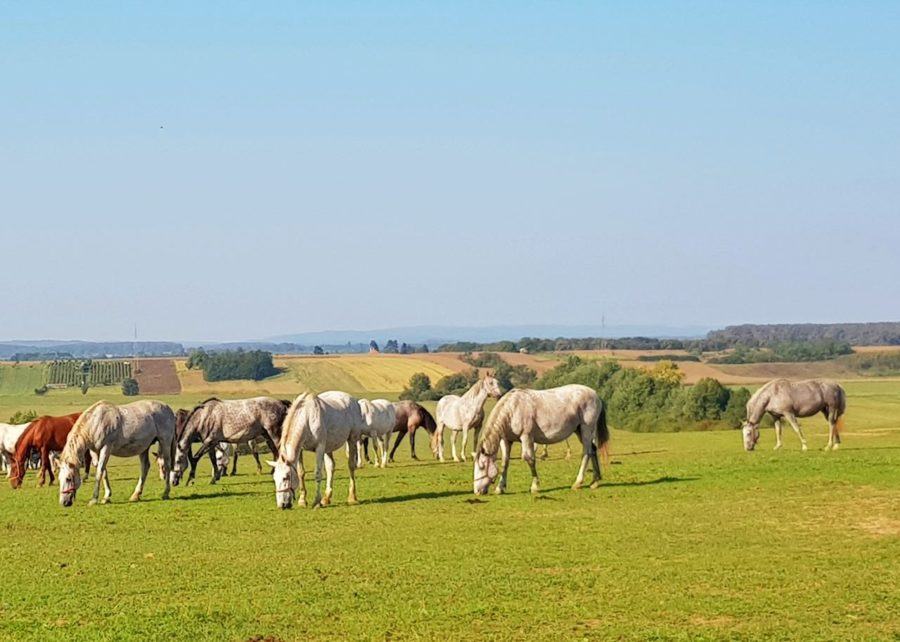

Đakovo Embroidery

Brands We Use And Trust
Kutjevo
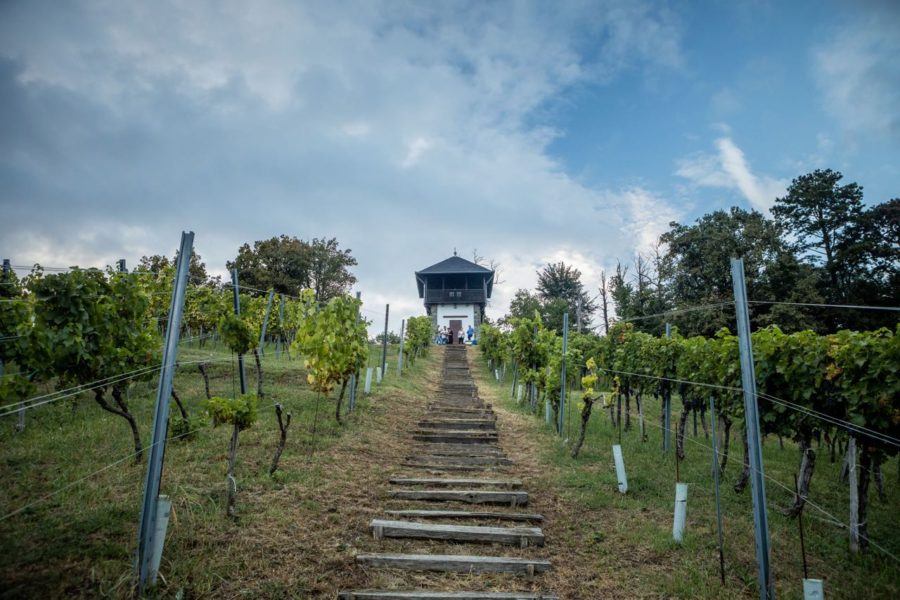
Kutjevo Winery
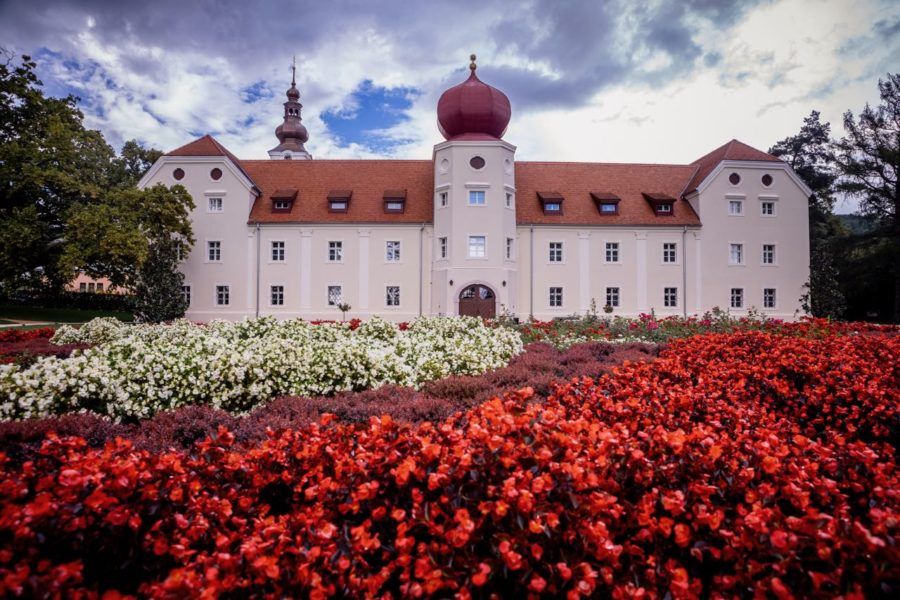
Stay At A Kutjevo Vineyard
Kutjevačko Vincelovo
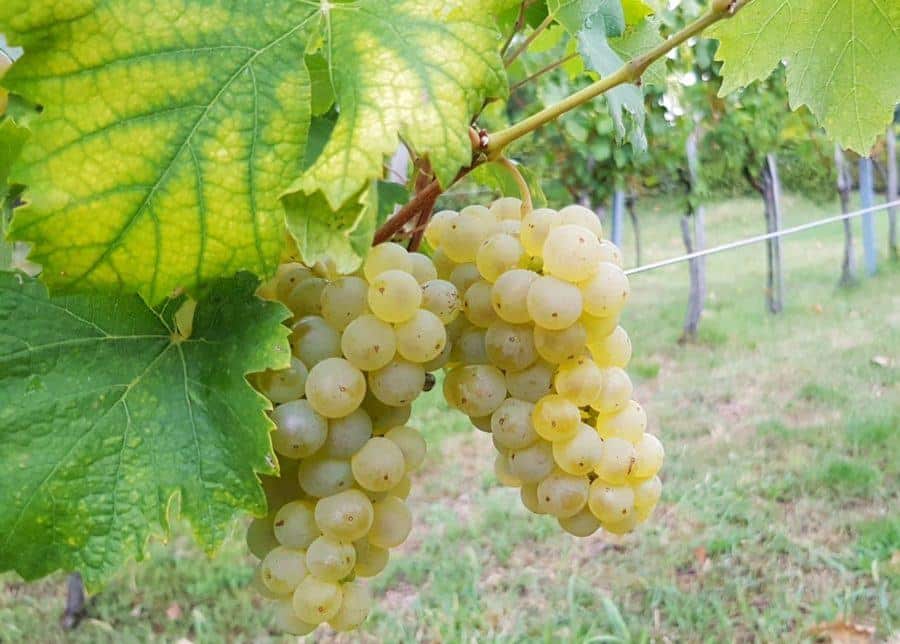
Town Of Požega

Požega Cathedral
Požega Diocesan Museum
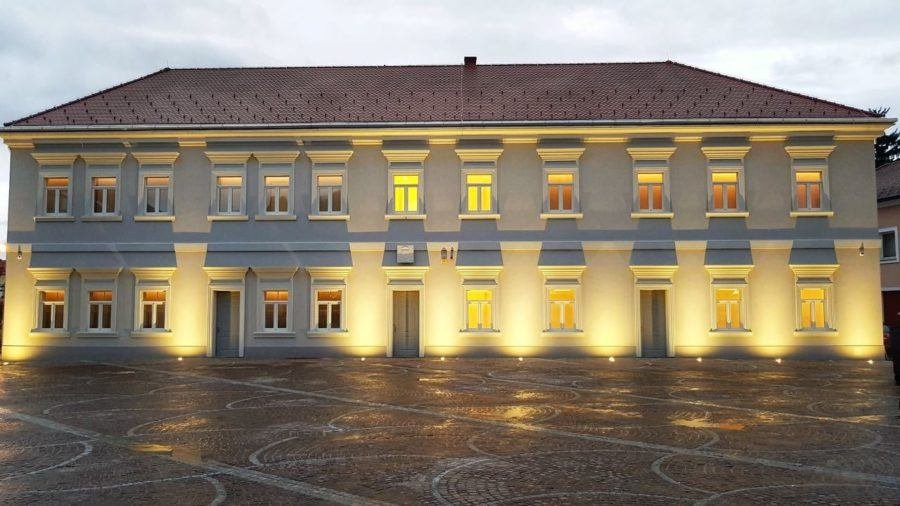
Lightshow
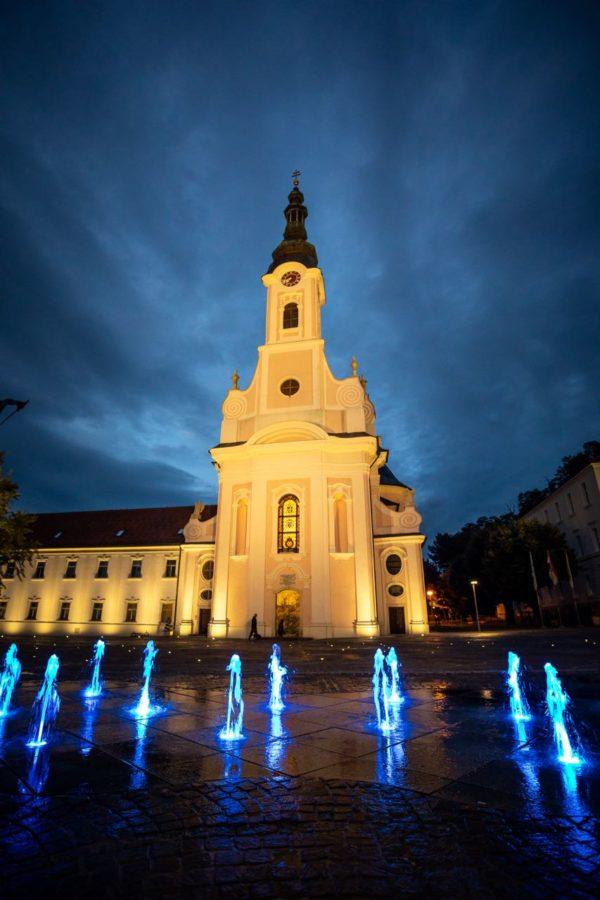
What Else To Do In Požega
Slavonia Kulen
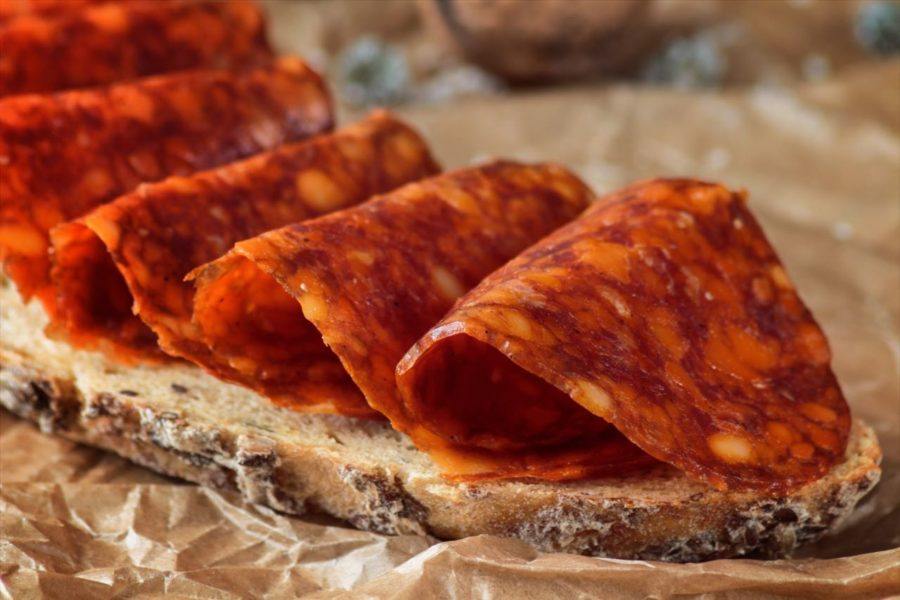
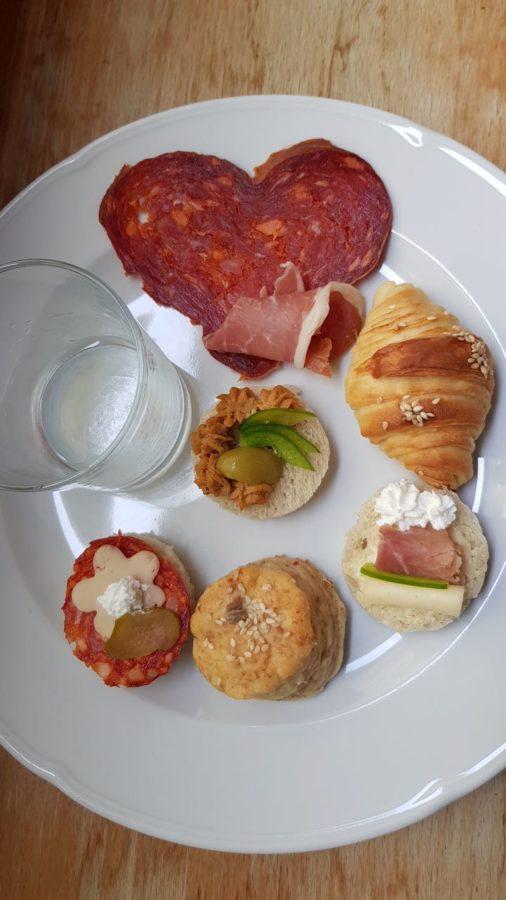
Snašini Kućari Museum & Accommodation
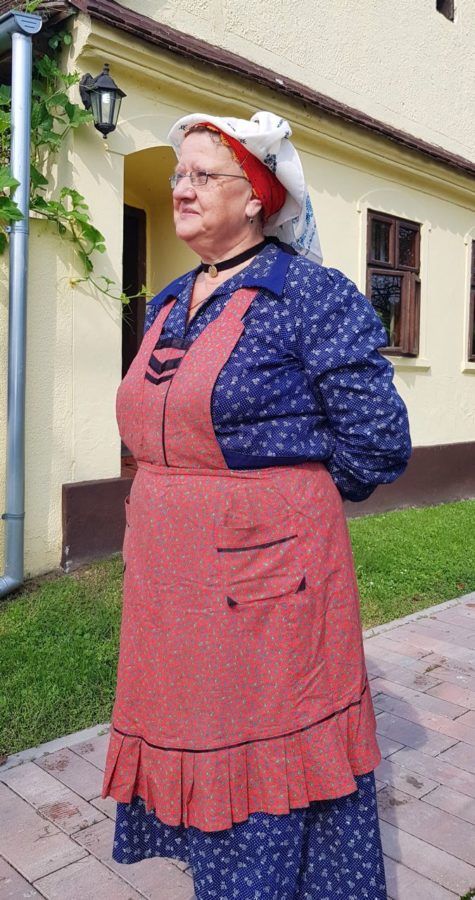

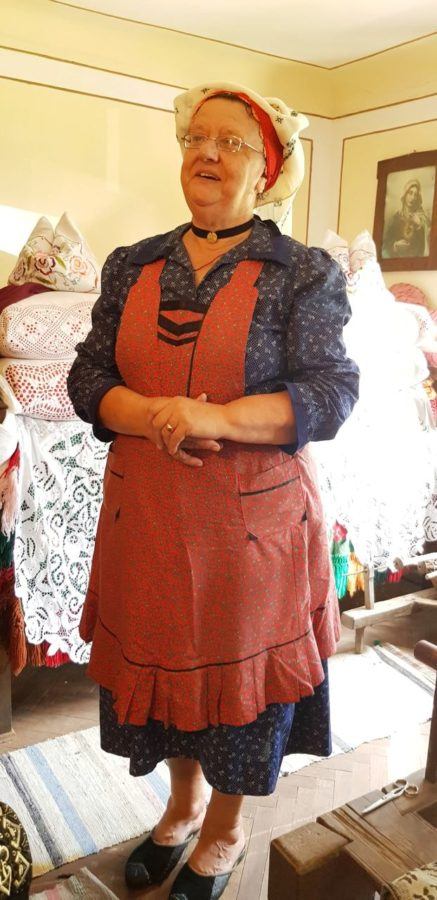
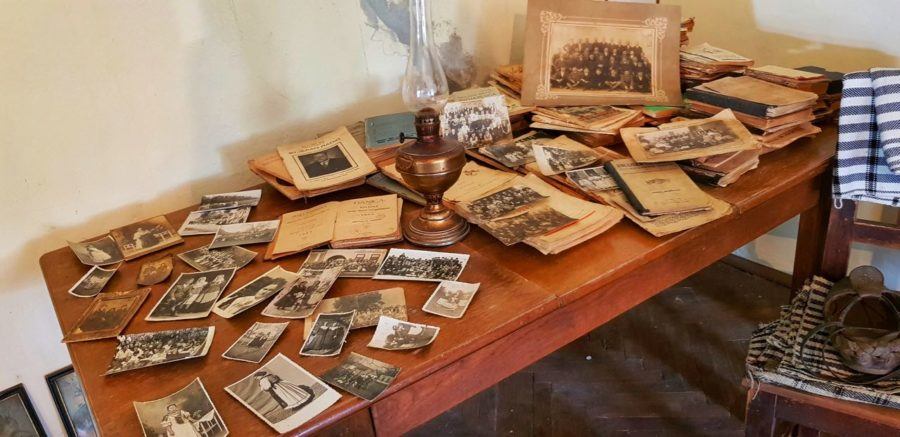
Golden Thread Road
32275 Bošnjaci, fra. T. B. Leakovića 2Town of Županja
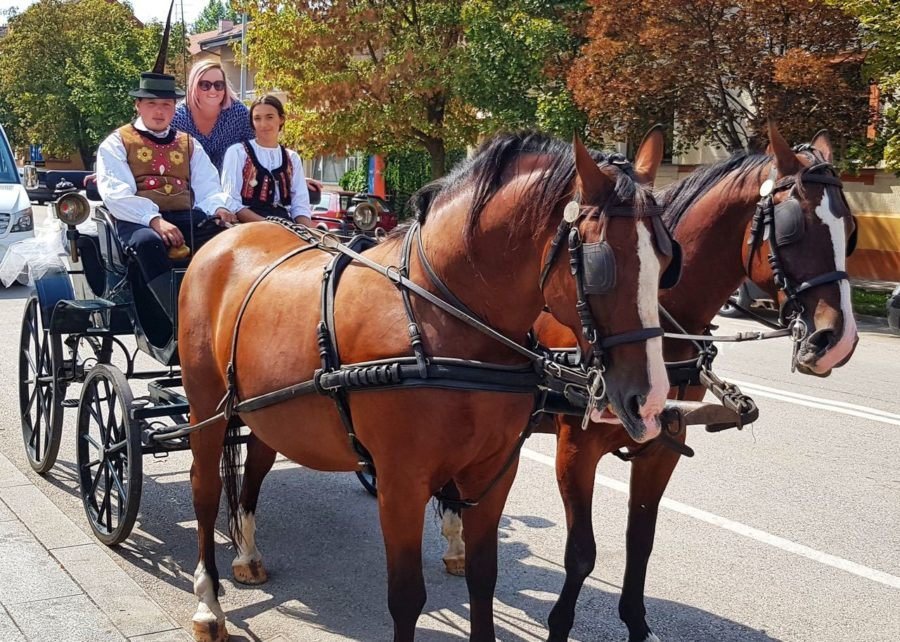

Spačva Forest
Town of Vinkovci

Vinkovačke Jeseni


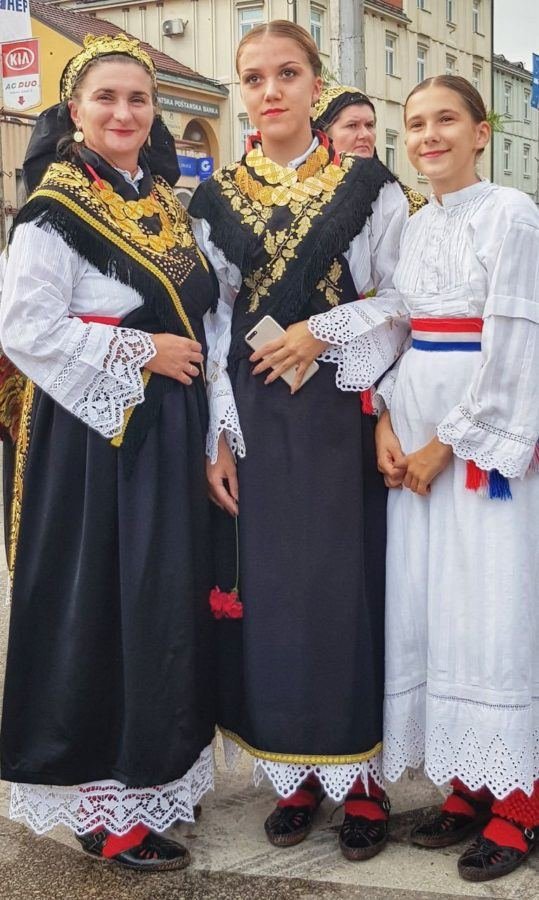
Slavonski Brod
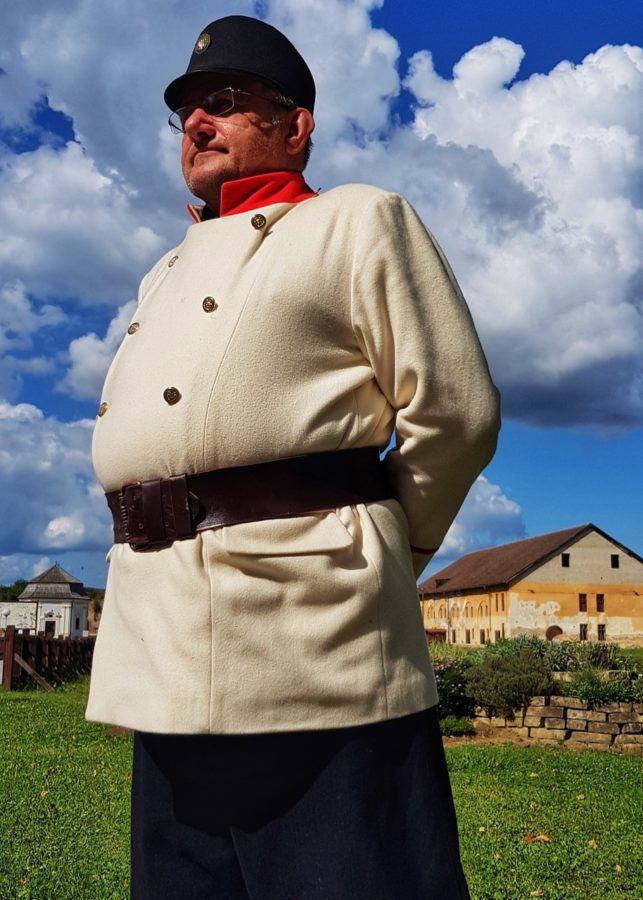
Brod Fortress
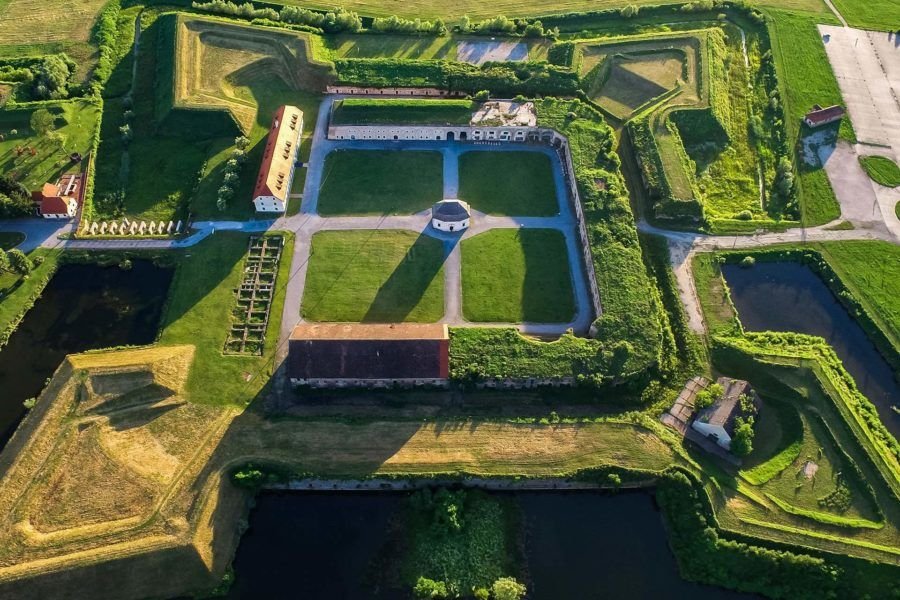

Slavonski Brod Museums
Town of Virovitica
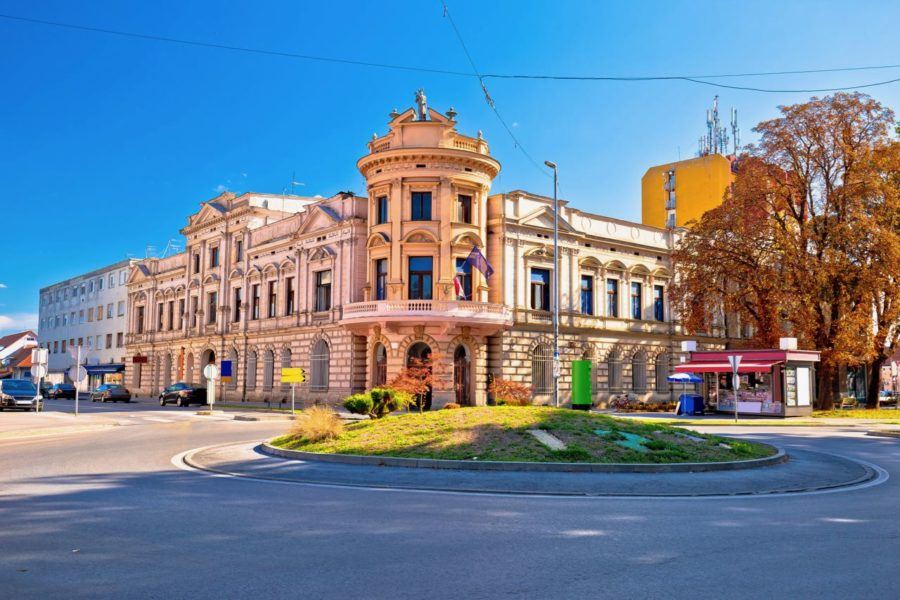
Virovitica Castle

Franciscan Monastery and the Church of St. Roko
Move This Adventure To Your Inbox & Get An Instant Freebie

Križnica – Hanging Bridge
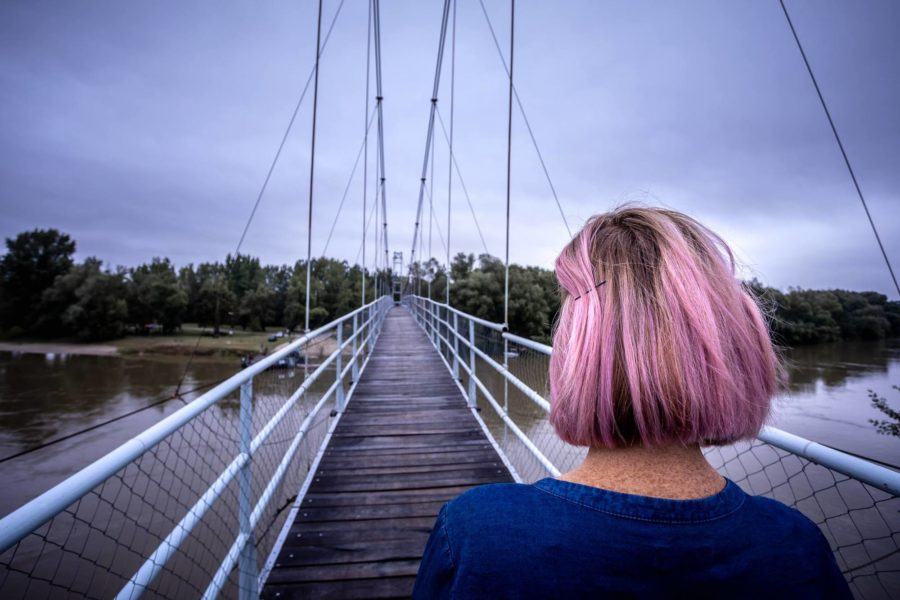
Papuk Nature Park

Dravska priča
Typical Slavonia Souvenirs
Three Rivers In Slavonia

Danube River
Drava River
Sava River
Other Notable Sights In Slavonia
Osijek
Kopacki Rit Nature Park
Našice
Wineries In Slavonia
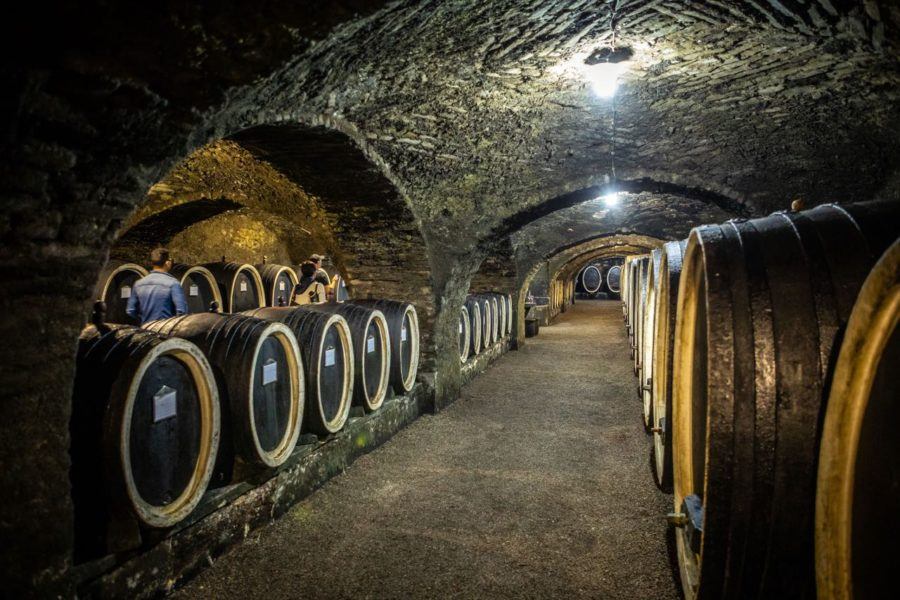
Ilok Wine Region
Karanac Ethno Village
Vučedol
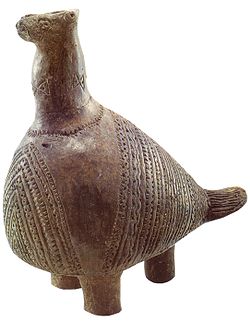



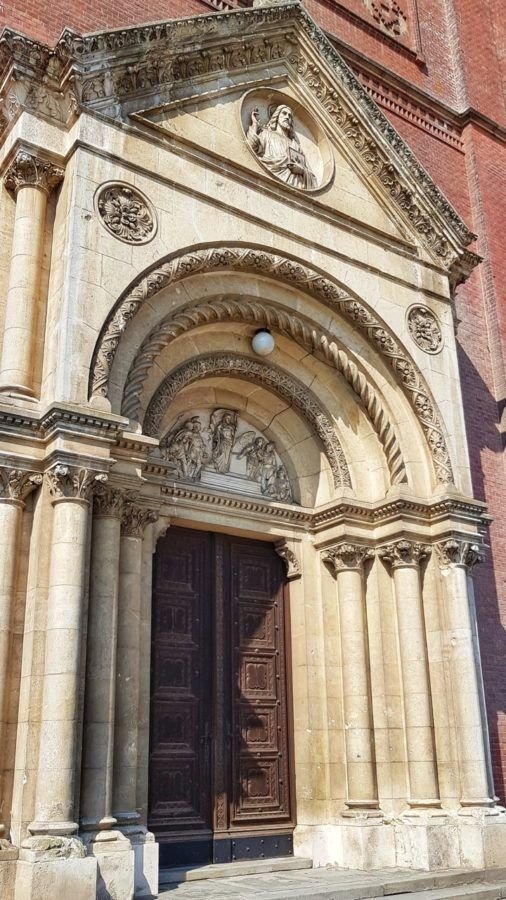
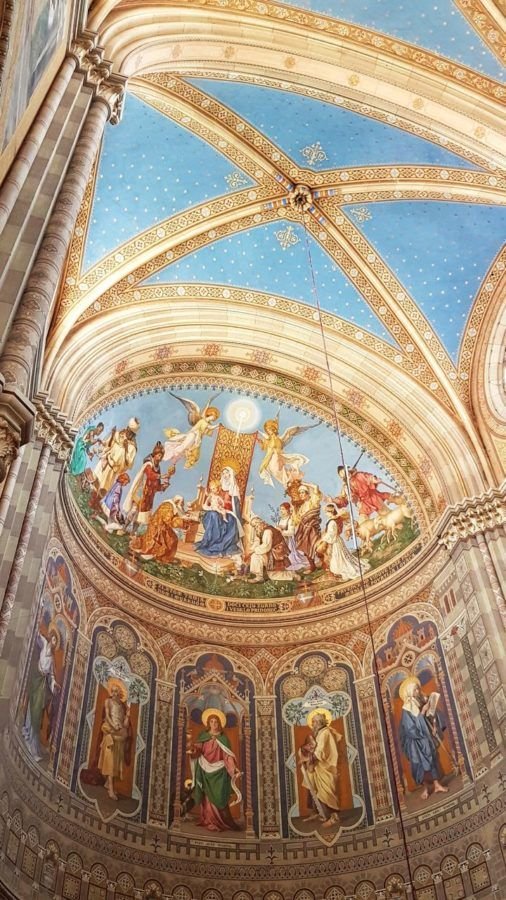

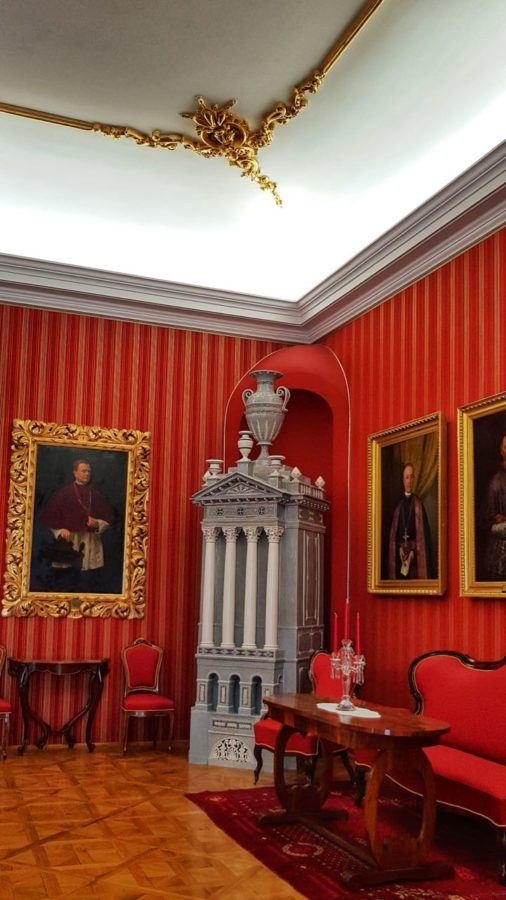
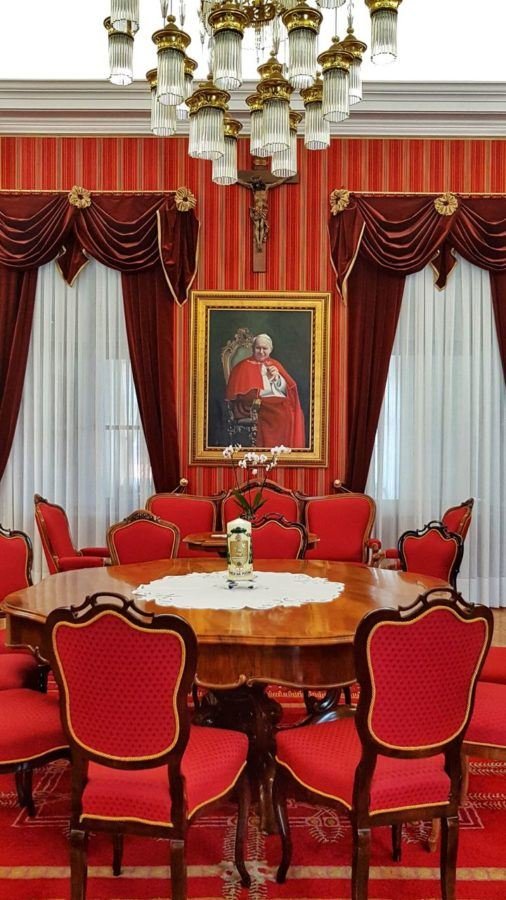

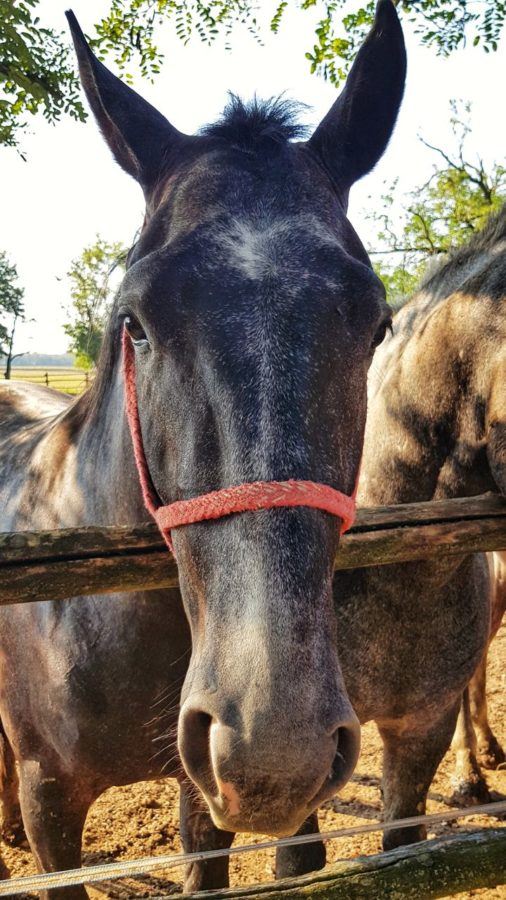




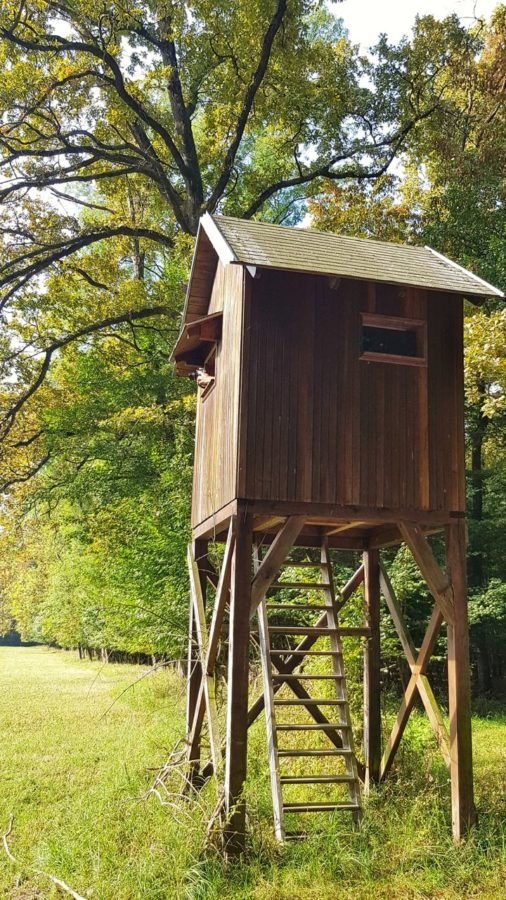
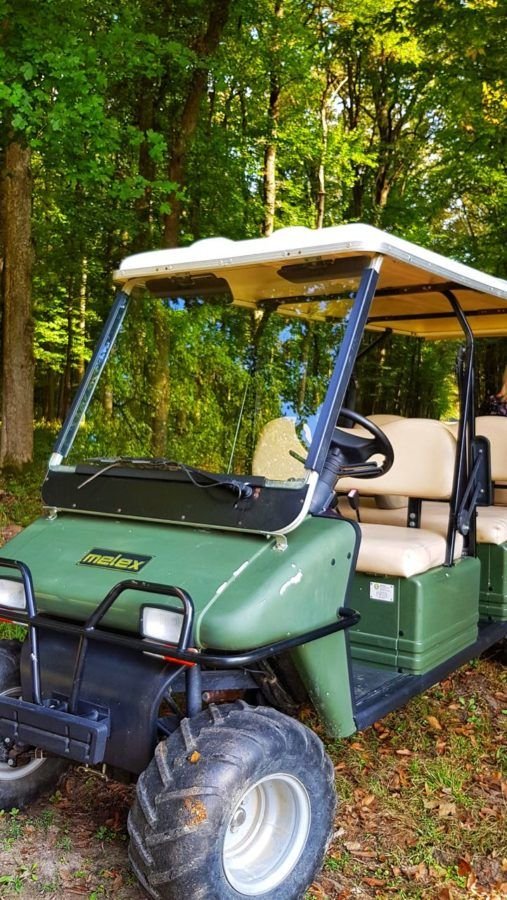



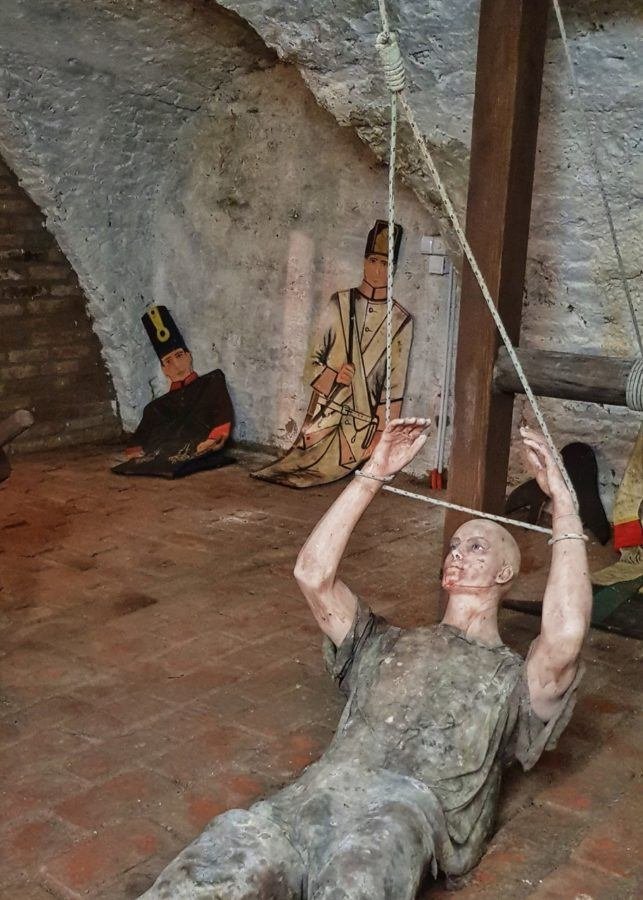
Exploring the place what is having an unparalleled beauty is always special. And my home place is special. thanks.
I don’t know what your friend told you, but Virovitica is not that close to Sava river. Did you mean Drava river maybe?
Doh, I mis-wrote the river name. Thanks for letting me know >3
Thank you very much for this amazing article! We will go there for 5 days and follow many of your advices:)
We traveled to this area after seeing your tips on Facebook, just wow. Thanks so much for sharing, 100% top 10 places we traveled this decade.